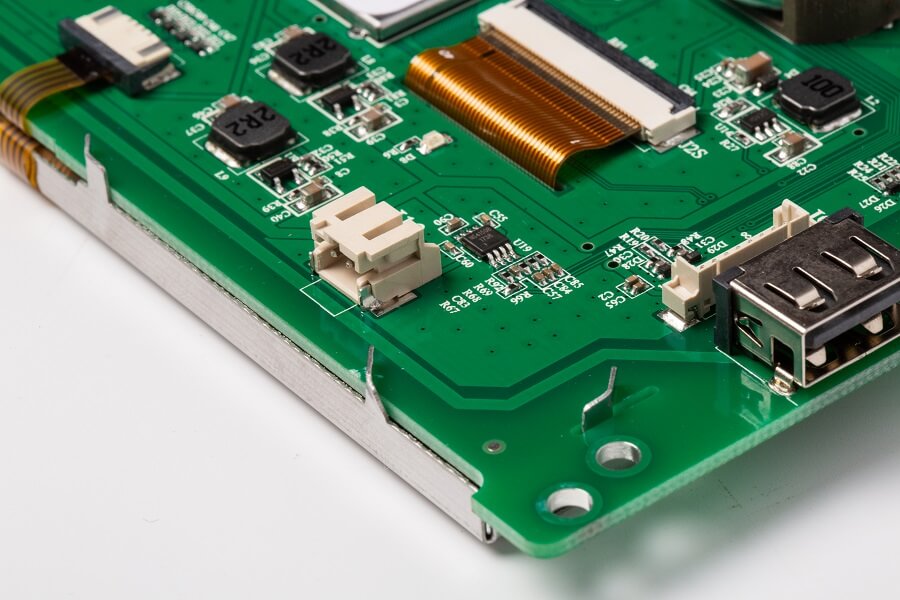Different types of televisions and their features
The television is an essential element in the living room of most homes. In addition to their original purpose, which was to watch television, televisions have also become the medium for acquiring and renting movies, industrial exhibitions, commercials, and games. There are some basic types of televisions: direct-view televisions, rear-projection televisions, and HD (high-definition) televisions. The last two groups include plasma and LCD (liquid crystal display) models.
Direct view televisions
This is an analog version of a TV and in the beginning, it came with bulky cathode ray tubes on the back. With the passage of time, various technological updates were applied to this television. They now come with a less bulky back and flatter screens compared to early bubble screens. This has allowed the transmission of a much clearer signal. The 8 inch tft lcd touch screen television is still quite popular due to its low price compared to digital televisions. In terms of benefits, direct view televisions provide a great picture at considerably lower prices than their digital counterparts. The biggest advantage of these televisions is that a viewer can see the screen clearly from any angle.

Rear Projection Televisions
The main thing about rear projection TVs is that they are large. With sizes ranging from 42 to 82 inches (106.6 to 208.2 centimeters), these are big screen televisions. Rear projection televisions are available on CRT (Cathode Ray Tube), LCD (Liquid Crystal Display), DLP (Digital Light Processing) displays. and LCoS (Liquid Crystal on Silicon). These are just a few of the variations. Rear protection televisions are often preferred because even with larger screen sizes the price does not vary too much. This does not happen when investing in plasma or LCD televisions.
There are two basic types of rear projection TVs.
Rear projection televisions with CRT screens range in size from 42 to 82 inches (106.6 to 208.2 centimeters). These televisions are second to none in terms of projection quality. However, they need spacious rooms for installation, as they tend to be bulky. These televisions also require periodic adjustments because the tubes must remain aligned to be fully utilized.
The other type of rear projection television is the micro display television, this type operates on a technology based on fixed pixels. Colors are brighter and remain constant. Every dot on the 10.1 inch touch screen module screen is just as bright and clean. The advantage of these screens is that they do not require any periodic adjustment. The only time this TV requires major service is when the bulb inside is damaged.
HD televisions
These can be wall-mounted or benchtop units and are available as plasma or LCD screens. LCD screens are relatively thinner and much lighter in weight. Their sizes vary from 23 to 60 inches (58.4 to 152.4 centimeters) with a width of no more than 5 inches (12.7 centimeters) in any size. These televisions have a resolution of 1080 pixels and present clearer images than those of plasma televisions. This type of screen is ideal for bright rooms due to the brightness of the image.
Comments
Post a Comment